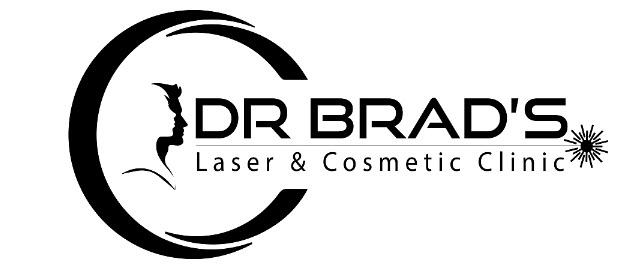Earwax, also known as cerumen, often gets a bad rap in the realm of ear health. For such a common substance, there are many **misconceptions** that can lead to unnecessary worry and confusion. Let’s clear up some of the most common myths surrounding earwax and ear health.
### Understanding Ear Wax
First and foremost, it's essential to know that **earwax plays an important role** in maintaining ear health. It serves as a natural barrier, protecting your ears from dirt, dust, and bacteria. It also helps to lubricate the ear canal, keeping it healthy and comfortable. Many people think that the presence of earwax equals poor hygiene, but that’s simply not true. On the contrary, a certain amount of earwax is beneficial!
### Myth 1: Ear Wax Is Always Bad
One significant misconception is that **earwax is inherently bad** and should be entirely removed from the ear. In reality, earwax is your body's natural defence system. Not only does it trap dirt and debris, but it also has antimicrobial properties. Regular ear cleaning is usually unnecessary, as the ears have a built-in self-cleaning mechanism. When you chew or move your jaw, earwax is naturally pushed out of the ear canal.
In fact, overcleaning can lead to more harm than good. Many people resort to cotton buds or other implements to remove earwax, but this can push wax further down the canal and even cause blockages. There’s a story of a patient named Sarah, who used cotton buds religiously, only to find herself in a situation where her ears were blocked with impacted wax. After an appointment with Dr Brad, she learned that less is often more when it comes to ear cleaning.
### Myth 2: Ear Candling Is a Safe Alternative
Another troubling myth is that **ear candling**, or the practice of using a hollow candle to create suction for wax removal, is a viable option. Not only is it not effective, but it can be dangerous. Ear candling can lead to burns, injuries, and even ruptured eardrums. Dr Brad strongly advises against this method. Instead, he recommends **microsuction**, a safe and highly efficient technique used by trained professionals for earwax removal. With microsuction, the ear is gently cleaned using a vacuum-like device, reducing the risk of injury and ensuring a thorough clean.
### Myth 3: You Should Remove Ear Wax Regularly
Related to the earlier points is the misconception that you should routinely clear out earwax. Many believe that the more ear wax you remove, the cleaner your ears will be. But the truth is, excessive removal can actually lead to an increase in earwax production and may cause build-up. As the body's natural response kicks in, you might find yourself in a cycle of constantly needing to remove earwax. It's better to let your ears be, except in cases where you may have pain, discomfort, or hearing issues.
If you do find yourself struggling with earwax build-up, seeking **wax removal in Bristol** from a professional like Dr Brad is the way to go. His expertise guarantees that you can approach ear health with confidence, knowing that you're in safe hands and not relying on myths or unsafe practices.
### Myth 4: Earphones and Headphones Cause Ear Wax Build-Up
There’s a belief that using earphones or headphones significantly contributes to earwax build-up. While it’s true that wearing them could push a small amount of wax down the ear canal, the truth is much less dramatic. People produce earwax at different rates, and the use of headphones doesn’t alter this fundamental biology. If anything, personal hygiene is more relevant here. Cleaning your devices regularly can help minimise any potential ear health issues, but you don’t need to worry about using your headphones on a daily basis.
### Myth 5: You Can Tell How Much Ear Wax You Have by Appearance
Some people think they can gauge their ear health by merely examining the **visible earwax**. However, the quantity and consistency of earwax can vary greatly from person to person. Some might have wax that is dry and flaky, while others might have a wetter consistency. The outer ear may give a hint, but it’s the ear canal that matters most, and a thorough examination by a health professional is the best way to determine if you have a problem.
### Regular Check-Ups for Optimal Ear Health
The best practice for ensuring optimal ear health is regular check-ups with a professional. Many people overlook their ears until they experience problems, but preventative care is crucial. Dr Brad promotes the idea that taking a proactive approach can save you from discomfort and complications down the road.
Maintaining good ear health allows you to enjoy life fully without the hindrance of hearing issues caused by earwax build-up. Consultations with Dr Brad not only focus on addressing existing concerns but also on providing education regarding ear health and maintenance. His friendly approach can help alleviate anxieties, making the process comfortable and informative.
This article does not constitute medical advice. Please book with Dr Brad for a consultation.
